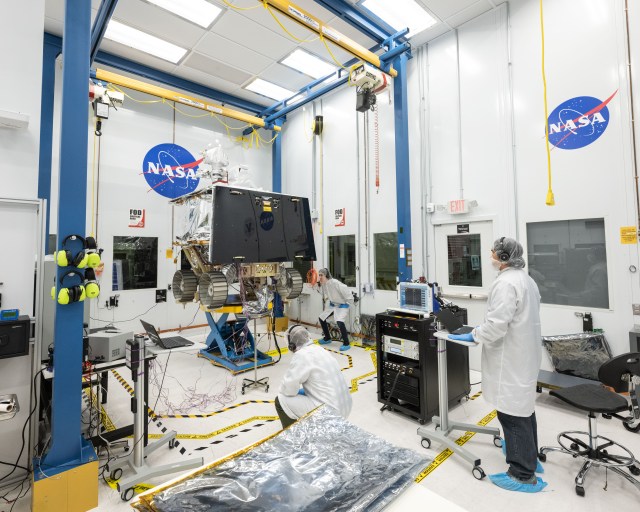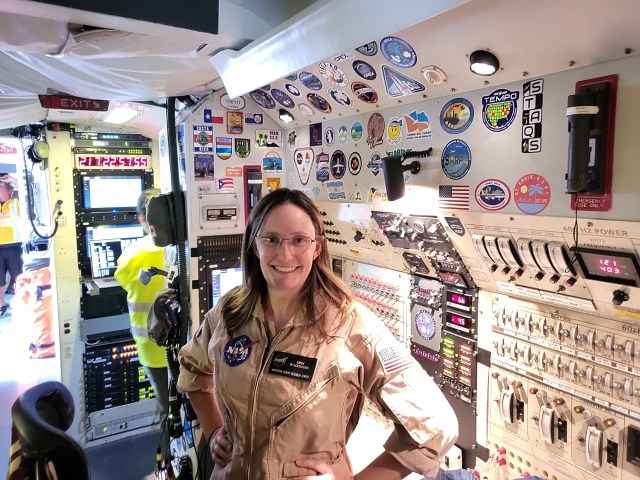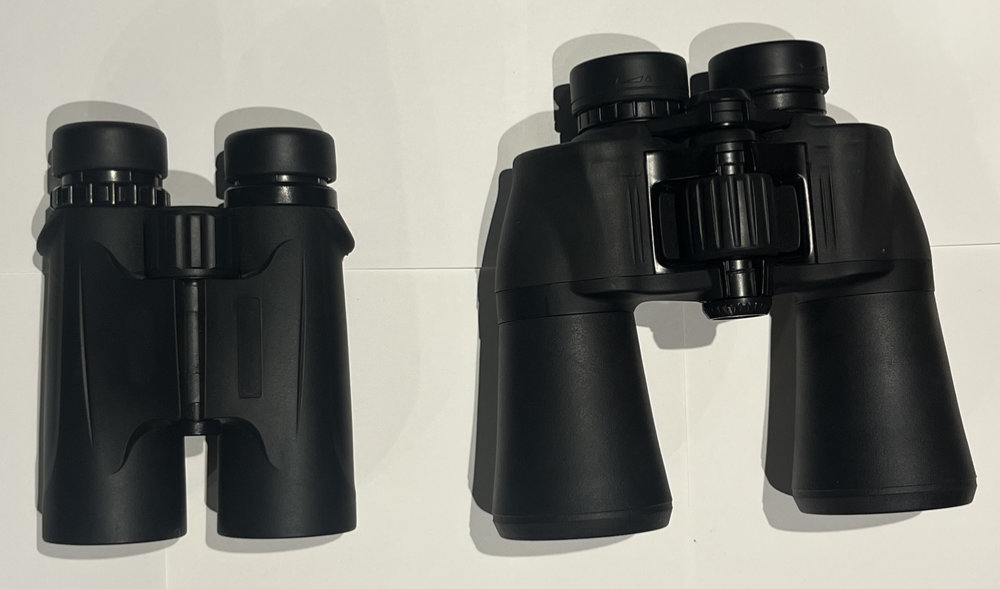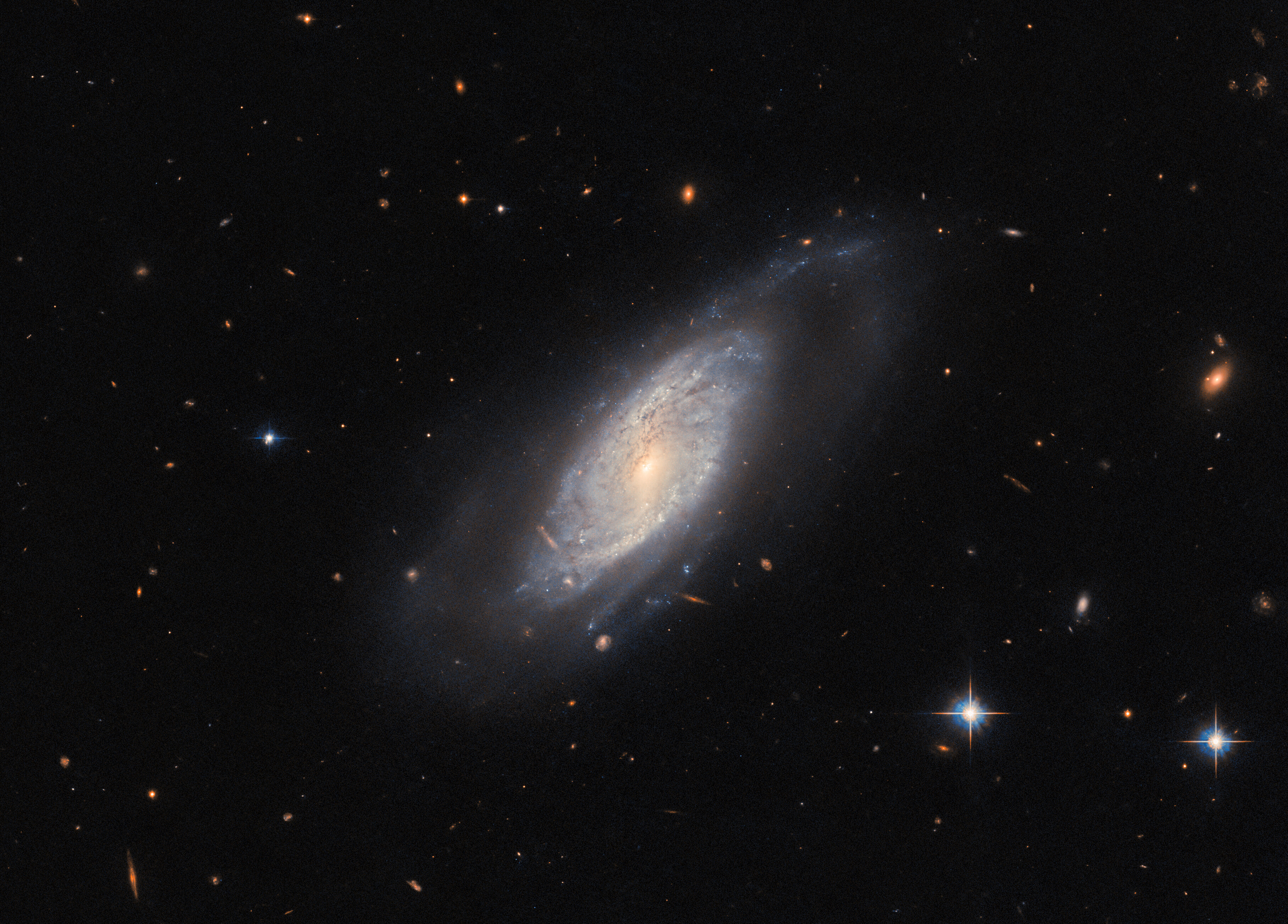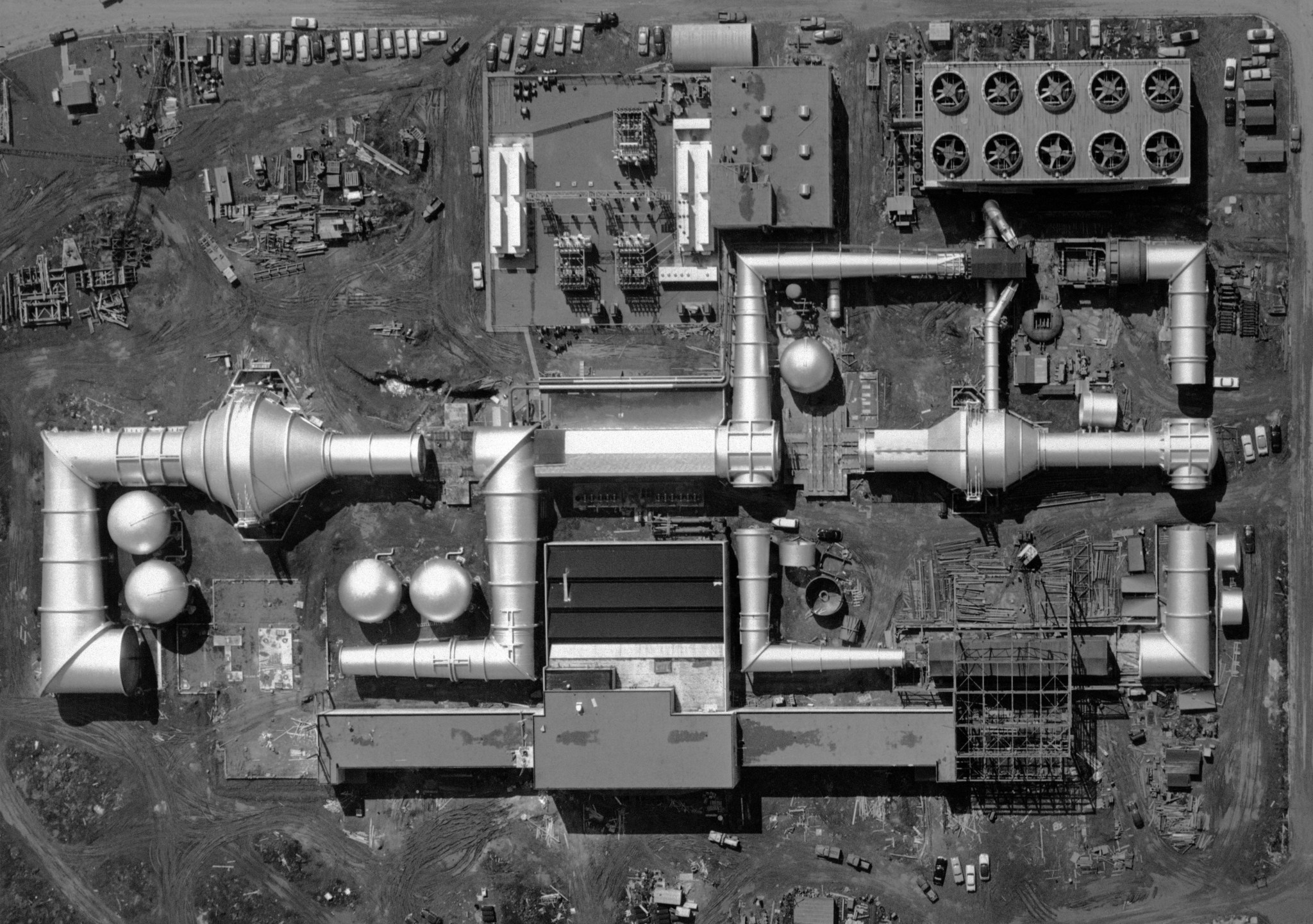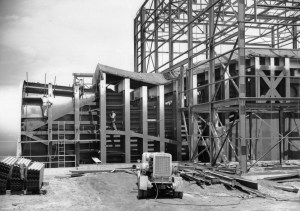On 9 August 1939, as World War II began, Congress authorized the construction of a second National Advisory Committee for Aeronautics (NACA) laboratory for urgent research in aircraft structures. Ground was broken for the laboratory at Moffett Field, California, in December 1939 and operations began in early 1941.
Ames engineers and researchers sought to solve military aircraft problems as quickly and efficiently as possible.
After the war, Ames continued to contribute to the NACA’s innovations and developments, including supersonic flight and developments that assisted both the military and commercial sectors, such as de-icing research and development of the swept wing.
The Unitary Plan Act of 1949 funded wind tunnel facilities at NASA Ames Research Center, NASA Glenn Research Center, NASA Langley Research Center, and the US Air Force Arnold Engineering Development Complex (AEDC).
Construction of the Ames Unitary Plan Wind Tunnel (UPWT) began in December 1951 and was completed in 1956.
The UPWT consists of three separate wind tunnels, the 11-by 11-foot Transonic, 9-by 7-foot Supersonic and the 8-by 7-foot Supersonic test sections. The 8-by 7-foot Supersonic Wind Tunnel is currently inactive.
The UPWT has tested most aircraft and spacecraft developed in the United States of America.
Ames has been instrumental in the development of aviation and aerospace by working on many of the vehicles flying today. First as a NACA aeronautical lab, and then as the NASA Ames Research Center.
Construction of Unitary Plan Wind Tunnel
NASA Ames Research Center Unitary Plan Wind Tunnel Construction (video contains no sound).
Watch video in a new windowNASA Ames Unitary Plan Wind Tunnel History Gallery
History
Ames Research Center History
From the NACA's Ames Aeronautical Laboratory to NASA in Silicon Valley.
Since 1939, Ames contributions have fundamentally shaped fields of study related to aeronautics and space. The ingenuity and problem-solving capabilities of personnel at Ames have affected all our lives in numerous ways, from everyday air travel to how we envision the possibility of life on other worlds.
Learn More about Ames Research Center History
History
NASA's History
Explore NASA's History.
Since its founding in 1958, NASA has pushed the boundaries of scientific and technical limits to explore the unknown for all the citizens of our planet. Discover the history of our human spaceflight, science, technology, and aeronautics programs.
Learn More about NASA's History


